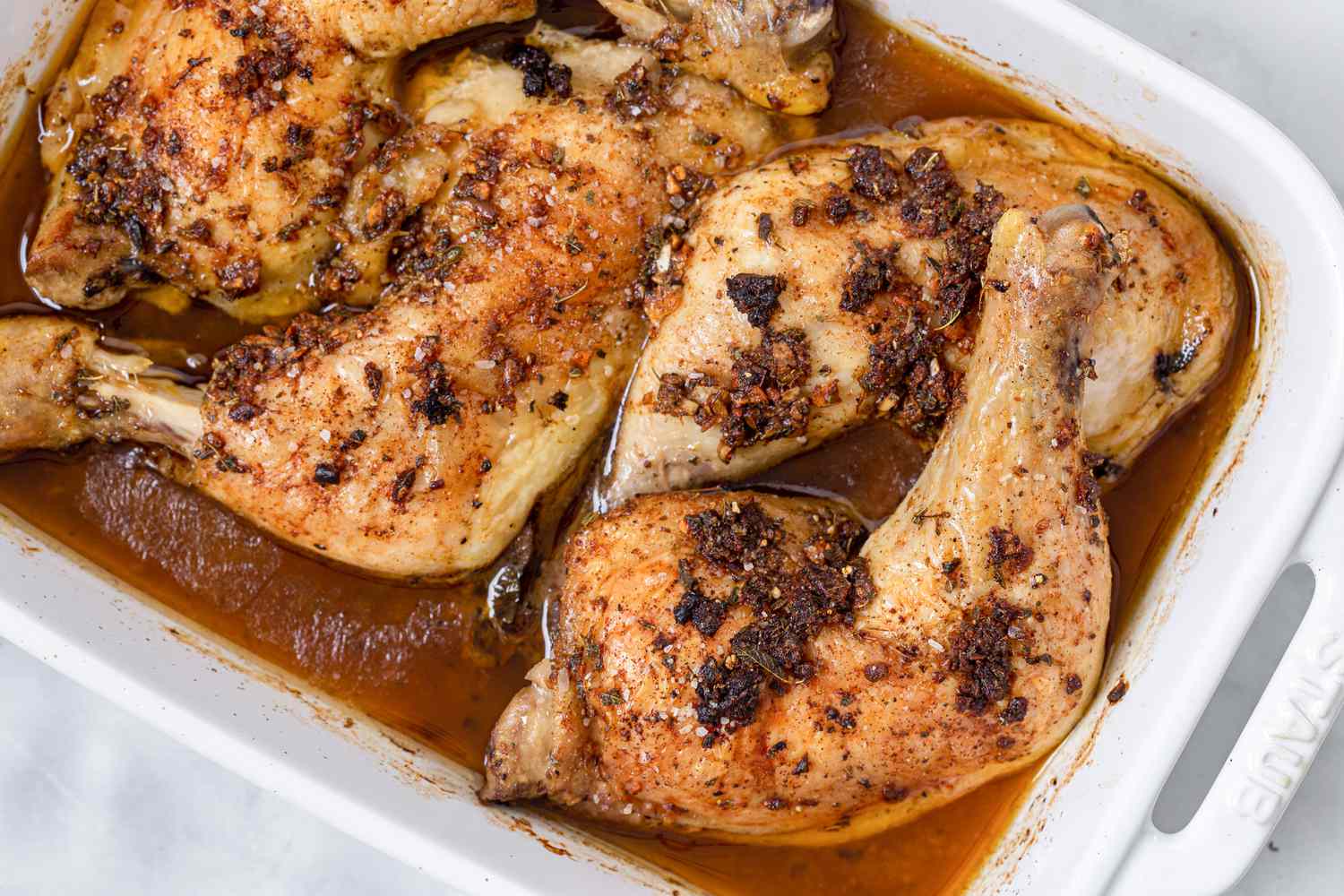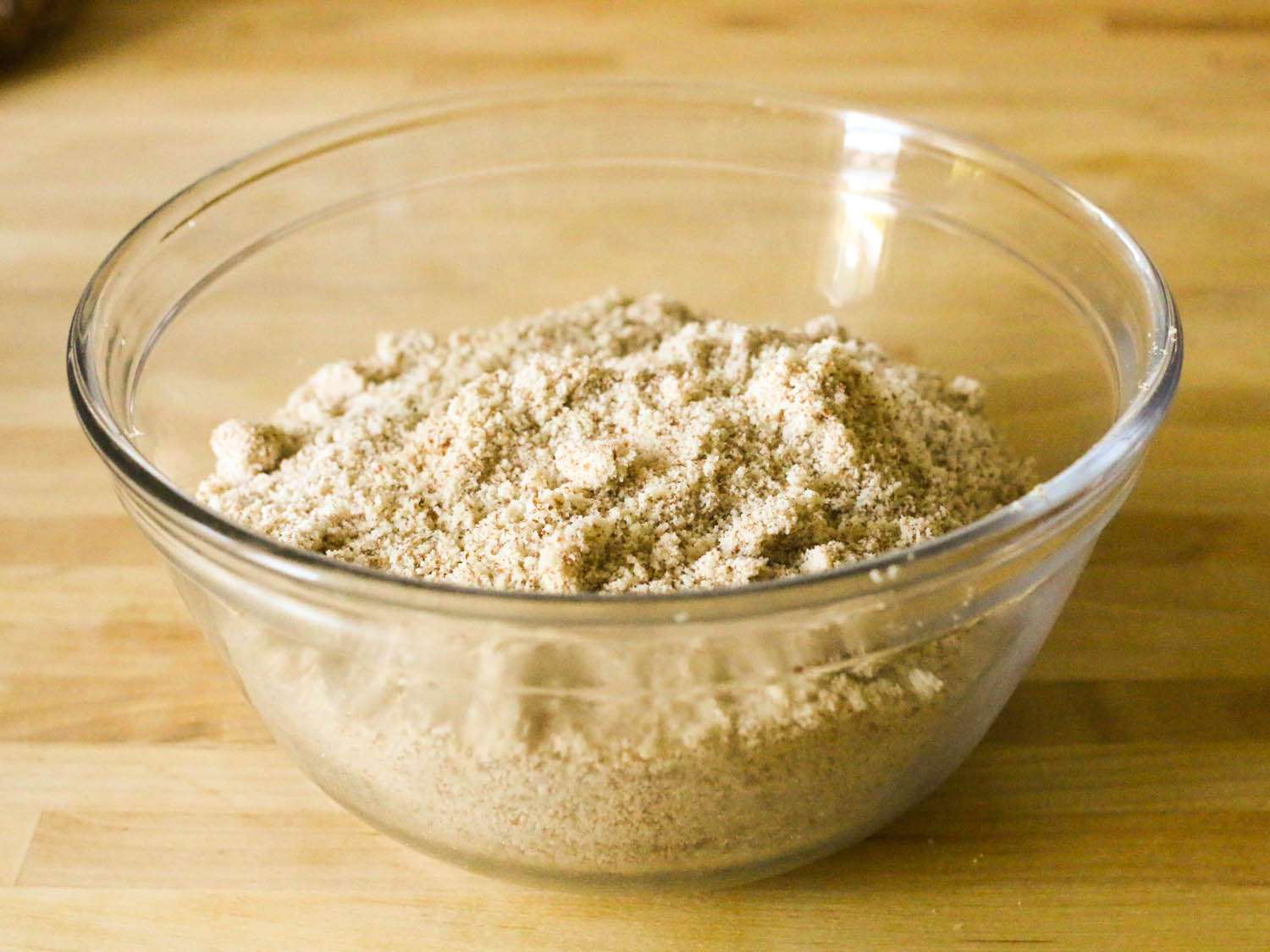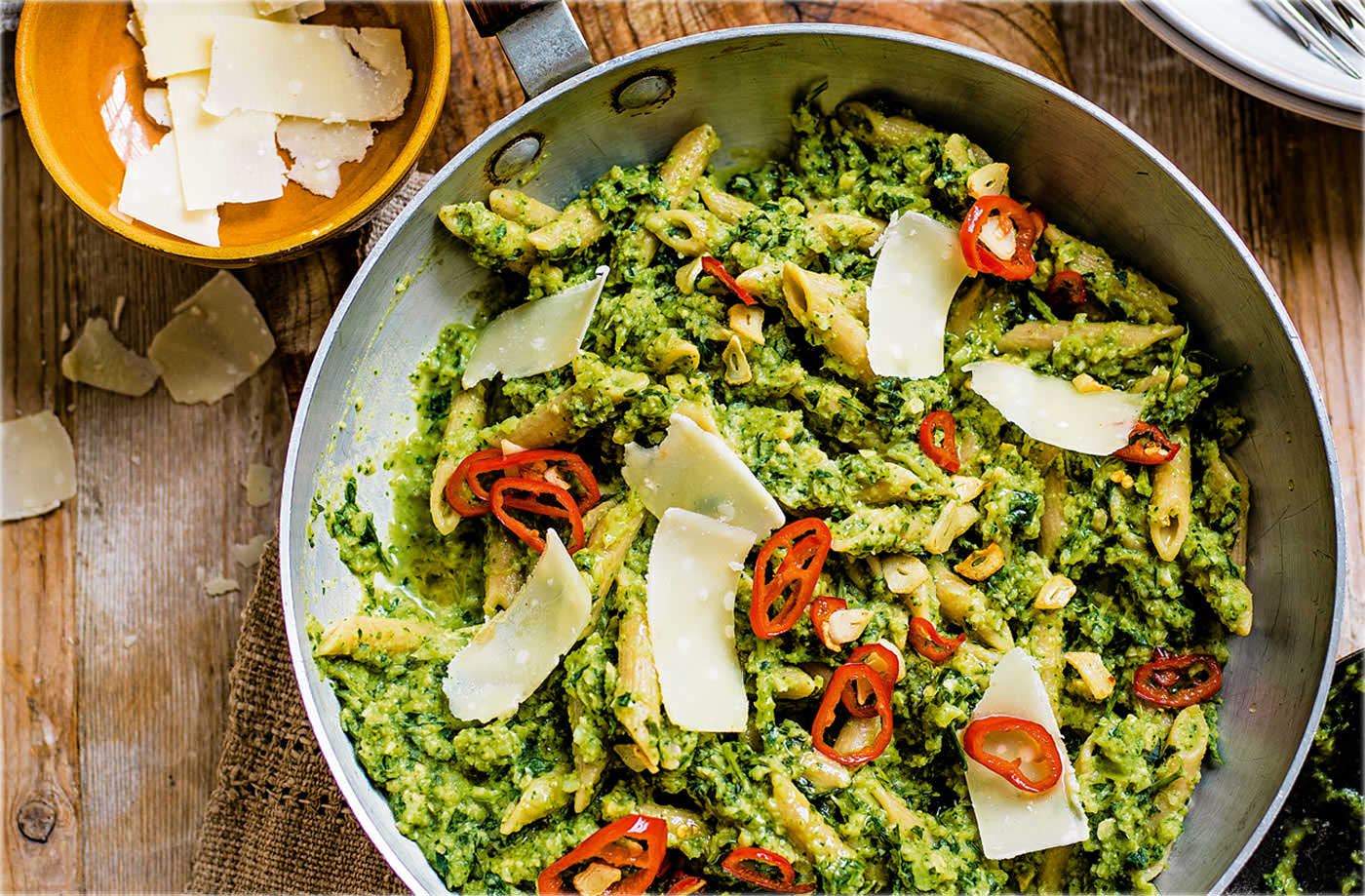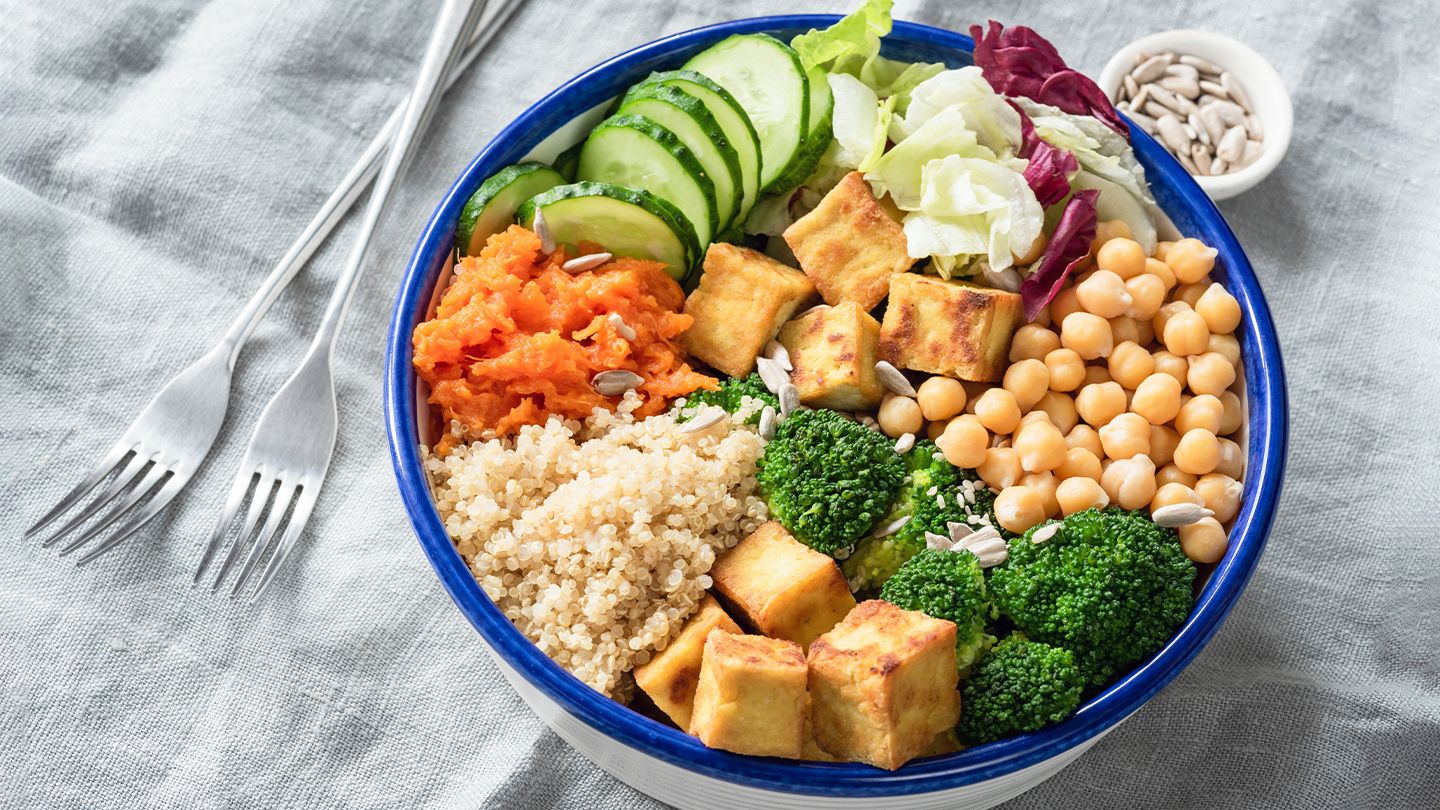What Is Bread Flour?
When it comes to baking bread, one of the key ingredients that you need in your pantry is bread flour. But what is bread flour exactly? Let’s dive in and explore its unique characteristics that set it apart from other types of flour.
Bread flour is a type of flour that is specifically designed for making bread. It is made from a hard wheat variety that is high in protein, usually ranging from 12-14%. This higher protein content is what gives bread its structure and chewy texture. The most common protein in bread flour is gluten, which is responsible for creating the elasticity necessary for a good rise and crumb structure in bread.
Compared to all-purpose flour, bread flour has a higher protein content, which means it has more gluten-forming potential. This is why bread flour is ideal for yeast-based bread recipes, such as artisan loaves, baguettes, and pizza dough. The extra gluten strength in the bread flour helps trap carbon dioxide, which is released by the yeast during fermentation, resulting in a taller and more airy loaf of bread.
Bread Flour vs All Purpose Flour
While bread flour and all-purpose flour may seem similar, they do have some key differences that make them better suited for specific baking purposes. Here’s a breakdown of the main differences between these two types of flour:
- Protein content: As mentioned earlier, bread flour has a higher protein content compared to all-purpose flour. All-purpose flour usually has a protein content of around 8-11%, making it more versatile for a wide range of recipes.
- Gluten development: The higher protein content in bread flour allows for better gluten development, resulting in a stronger structure and better rise in bread. All-purpose flour, on the other hand, can produce a softer and more tender crumb in cakes, cookies, and other baked goods.
- Texture and flavor: Bread flour tends to produce a chewier texture and a more robust flavor in bread, whereas all-purpose flour can yield a lighter and milder taste.
- Availability: All-purpose flour is more widely available and commonly used in everyday baking, while bread flour may be less commonly found in some grocery stores. However, bread flour can usually be found in specialty baking stores or online.
It’s important to note that while bread flour is recommended for bread recipes, you can still achieve decent results with all-purpose flour in a pinch. Just keep in mind that the texture and rise of your bread may be slightly different compared to using bread flour.
Conclusion
Bread flour is a vital ingredient for baking delicious, homemade bread. With its higher protein content and gluten-forming potential, it provides the necessary structure and texture that makes bread so enticing. However, all-purpose flour can also be used as a substitute for bread flour in certain situations.
Whether you choose bread flour or all-purpose flour for your baking endeavors, experimenting with different flours can be a fun and rewarding adventure. So go ahead, roll up your sleeves, and start baking some delectable bread using the flour that suits your needs best!
Was this page helpful?
Read Next: How To Bake A Cake: A Step-by-Step Guide











